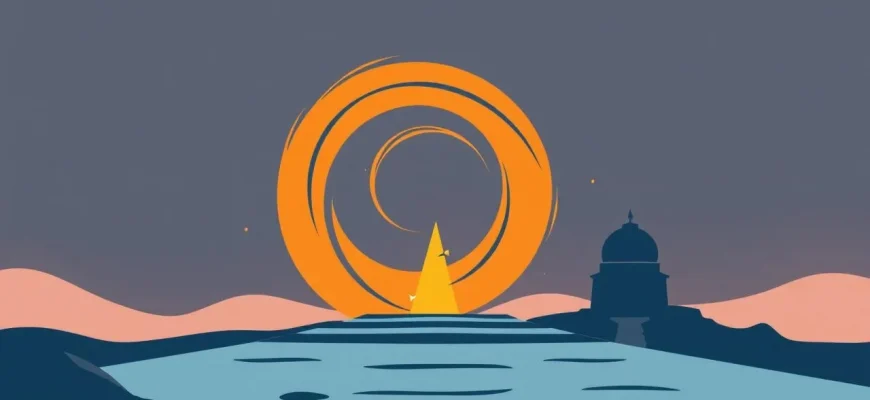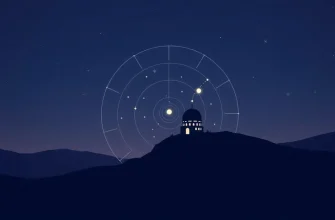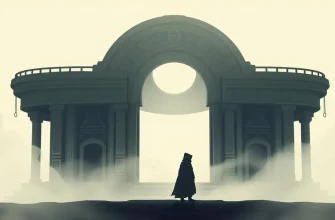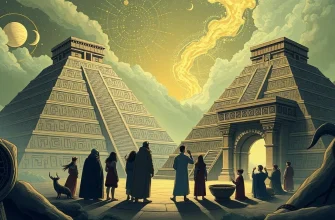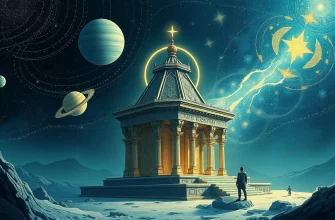Are you ready to dive into the enigmatic world of cosmic portals? These films not only entertain but also challenge our understanding of reality, space, and time. From mind-bending sci-fi to eerie supernatural tales, this collection will take you on a thrilling ride through dimensions unknown. Whether you're a fan of classic cinema or modern blockbusters, these movies promise to warp your perception and leave you pondering the mysteries of the universe.
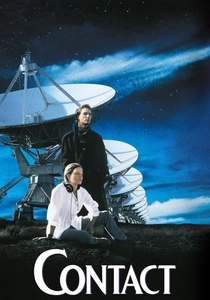
Contact (1997)
Description: Based on Carl Sagan's novel, this film features a machine that acts as a portal for interstellar travel, exploring themes of faith, science, and the search for extraterrestrial intelligence.
Fact: The film's ending was changed from the book to provide a more ambiguous and thought-provoking conclusion.
 Watch Now
Watch Now 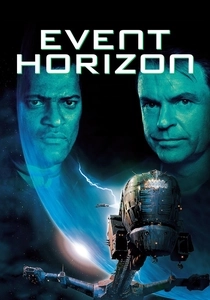
Event Horizon (1997)
Description: A spaceship designed to create artificial black holes for faster-than-light travel goes missing, only to return with a portal to hell. This film blends horror with the concept of cosmic portals, creating a chilling narrative.
Fact: The film was initially much darker and more graphic, but some scenes were cut to achieve an R-rating.
 Watch Now
Watch Now 
The Thirteenth Floor (1999)
Description: This film explores virtual reality as a form of portal to different worlds, raising questions about reality, identity, and the nature of consciousness.
Fact: The film was released around the same time as "The Matrix," leading to comparisons between the two.
 Watch Now
Watch Now 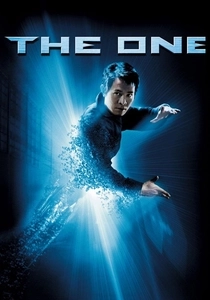
The One (2001)
Description: A martial arts action film where the protagonist uses interdimensional portals to travel between parallel universes, hunting down his alternate selves to become "the one."
Fact: Jet Li performed all his own stunts, showcasing his martial arts prowess across multiple dimensions.
 Watch Now
Watch Now 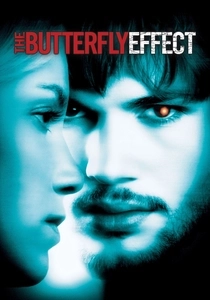
The Butterfly Effect (2004)
Description: While not explicitly about cosmic portals, the film's time-travel mechanic functions similarly, allowing the protagonist to alter the past, creating alternate realities.
Fact: The film's ending was changed multiple times due to test audience reactions.
 Watch Now
Watch Now 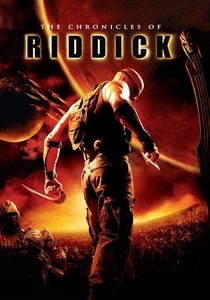
The Chronicles of Riddick (2004)
Description: In this sequel, Riddick must navigate through a universe where planets are connected by "Threshold" portals, leading to a battle against an ancient evil.
Fact: The film was originally conceived as a direct-to-video release but was upgraded to a theatrical release due to the success of "Pitch Black."
 Watch Now
Watch Now 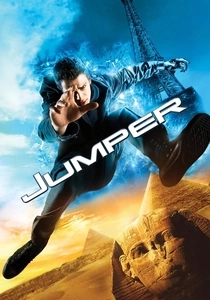
Jumper (2008)
Description: David Rice discovers he can teleport, or "jump," to any location instantly, essentially using his ability as a personal cosmic portal.
Fact: The film's teleportation effects were inspired by the video game "Portal."
 Watch Now
Watch Now 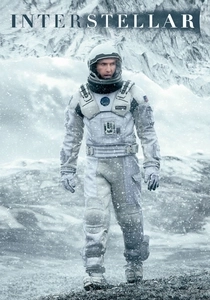
Interstellar (2014)
Description: Christopher Nolan's epic space adventure explores the concept of wormholes, which are essentially cosmic portals, to save humanity from Earth's impending doom. The film delves into the mysteries of space-time and the emotional bonds that transcend dimensions.
Fact: The film's depiction of a black hole, named Gargantua, was scientifically accurate and was created with the help of physicist Kip Thorne.
 Watch Now
Watch Now 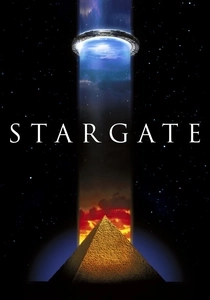
Stargate (1994)
Description: This film introduces the Stargate, an ancient device that creates a portal to another planet. It combines elements of science fiction with ancient Egyptian mythology, offering a unique take on interstellar travel.
Fact: The Stargate device was inspired by the cover of a 1979 book by Erich von Däniken, "Chariots of the Gods?"
 30 Days Free
30 Days Free 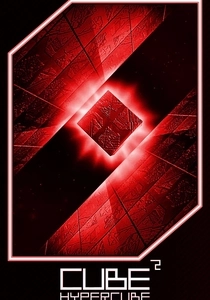
Cube 2: Hypercube (2002)
Description: This sequel introduces a tesseract, a four-dimensional cube, where each room acts as a portal to different times and places, challenging the characters' perception of reality.
Fact: The film explores complex mathematical concepts like tesseracts, making it a favorite among sci-fi enthusiasts.
 30 Days Free
30 Days Free 
